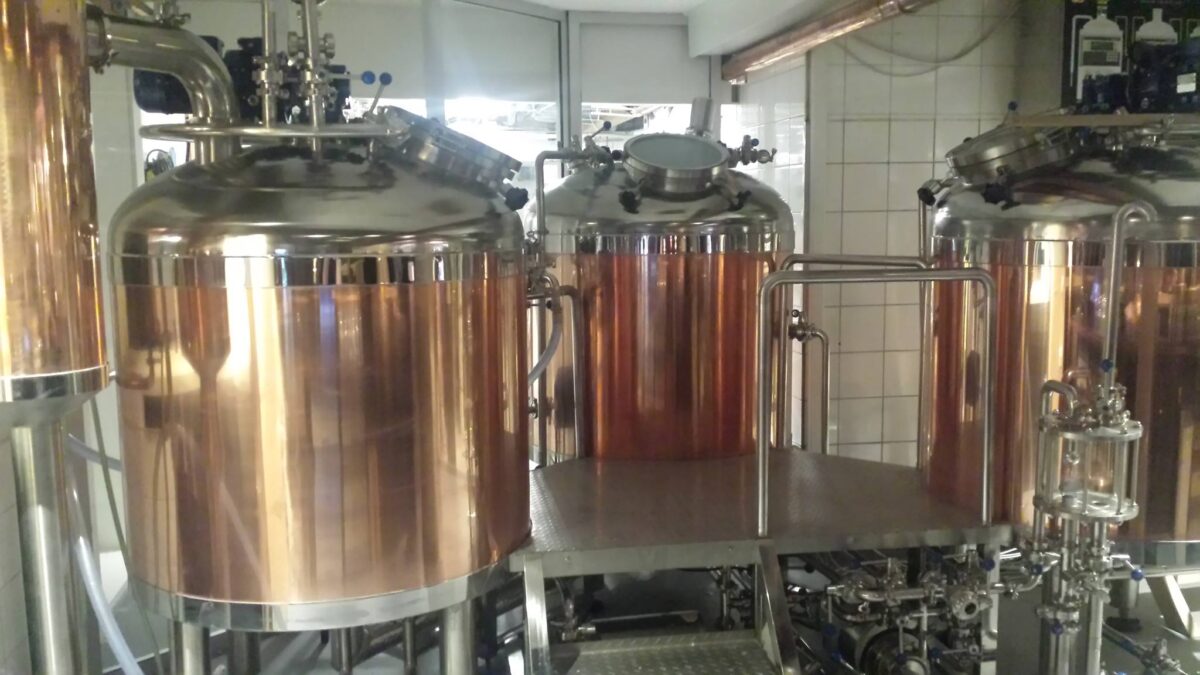Researchers from Spain's Andalusian Association for Research and Industrial Cooperation (AICIA) have explored the use of solar power to enhance energy efficiency in two microbreweries in Andalusia, Spain.
“Combining the facts that brewing is an energy-intensive process; that small industries consume more specific energy; and that smaller consumers pay higher prices for energy, it can be hypothesized that small breweries and microbreweries are promising candidates for cost-effective integration of solar energy,” they said.
The scientists developed a new methodology to estimate microbrewery energy consumption and assess the economic viability of integrating it with a PV system. Their approach incorporates on-site measurements, evaluation of small-scale heat and cold supply components, and simulation tools to calculate the levelized cost of heat and cold (LCOHC) and payback period.
They analyzed a fully electric microbrewery equipped with a rooftop solar array across all 52 provinces of Spain. The study accounted for the thermal characteristics of the brewery's main building, heat in tanks and cold in fermenters, air conditioning and heat pumps, as well as PV generation.
To assess the PV installation's economic feasibility, the research group employed two parameters: the discounted payback period (DPP) and the levelized cost of energy (LCOE). The group noted that for small and medium-sized enterprises, certain business accounting terms like depreciation, residual value, and corporate tax rate can be disregarded as their financial management resembles that of residential users rather than large corporations.
The analysis revealed that capex and electricity prices were the primary factors impacting the commercial viability of the solar power generator. The study assumed a maximum installed power of 20 kW with a ratio of 1/2 between the total PV area and total roof area.
“Electric storage has not been considered in the present study since the brewery requires to be connected to the main grid to ensure the electricity supply to the process, which compensates for the variability of the solar generation,” they explained, noting that they also assumed the PV system is operating under a net-billing scheme enabling the sale of excess power.
The techno-economic analysis showed that solar power could help reduce the LCOHC of a microbrewery in Spain by up to 29.7%, ranging from €0.285 ($0.31)/kWh to €0.332/kWh.
“The payback period might be suitable for companies’ investment horizon, ranging from 4.3 to 6.6 years,” the Spanish team said. “Extremely small PV system, of about 1 kWp, defines the shortest payback periods. Nevertheless, the improvement in the LCOHC is negligible in most cases, with reductions ranging between −0.8% and −3.21% compared to the corresponding reference LCOHC,” they stated.
They presented the new model in “Integration of solar energy in Small-scale Industries: Application to microbreweries,” which was recently published in Sustainable Energy Technologies and Assessments.
This content is protected by copyright and may not be reused. If you want to cooperate with us and would like to reuse some of our content, please contact: editors@pv-magazine.com.




1 comment
By submitting this form you agree to pv magazine using your data for the purposes of publishing your comment.
Your personal data will only be disclosed or otherwise transmitted to third parties for the purposes of spam filtering or if this is necessary for technical maintenance of the website. Any other transfer to third parties will not take place unless this is justified on the basis of applicable data protection regulations or if pv magazine is legally obliged to do so.
You may revoke this consent at any time with effect for the future, in which case your personal data will be deleted immediately. Otherwise, your data will be deleted if pv magazine has processed your request or the purpose of data storage is fulfilled.
Further information on data privacy can be found in our Data Protection Policy.